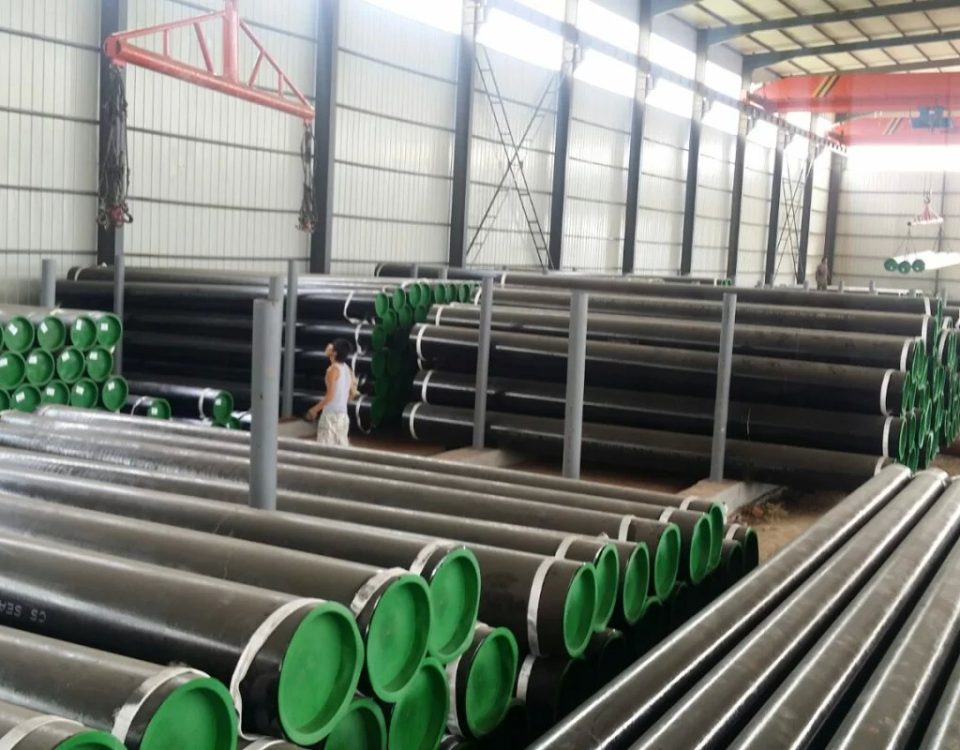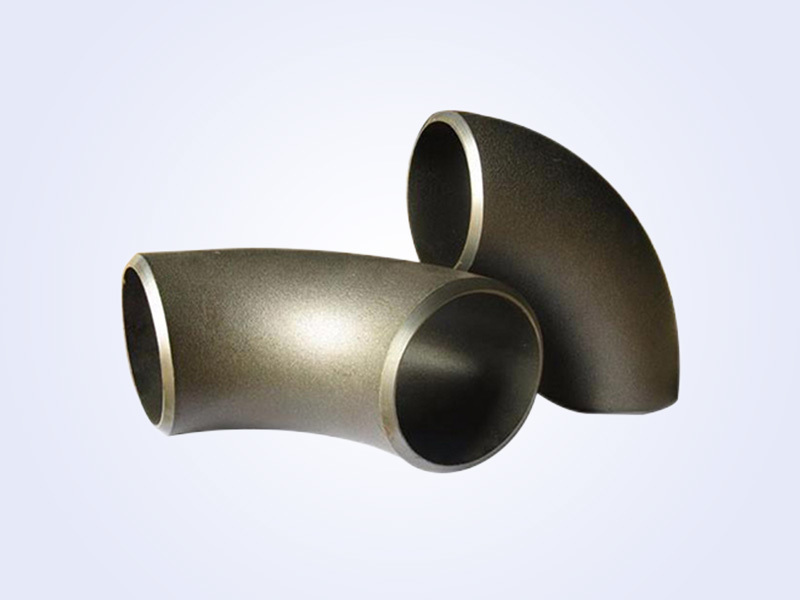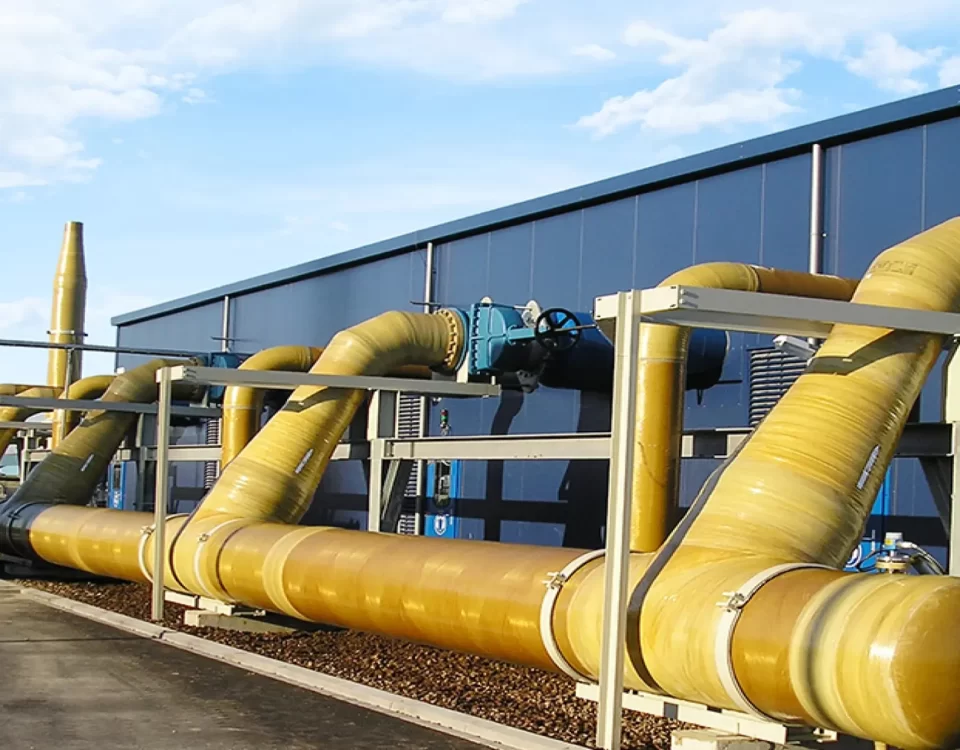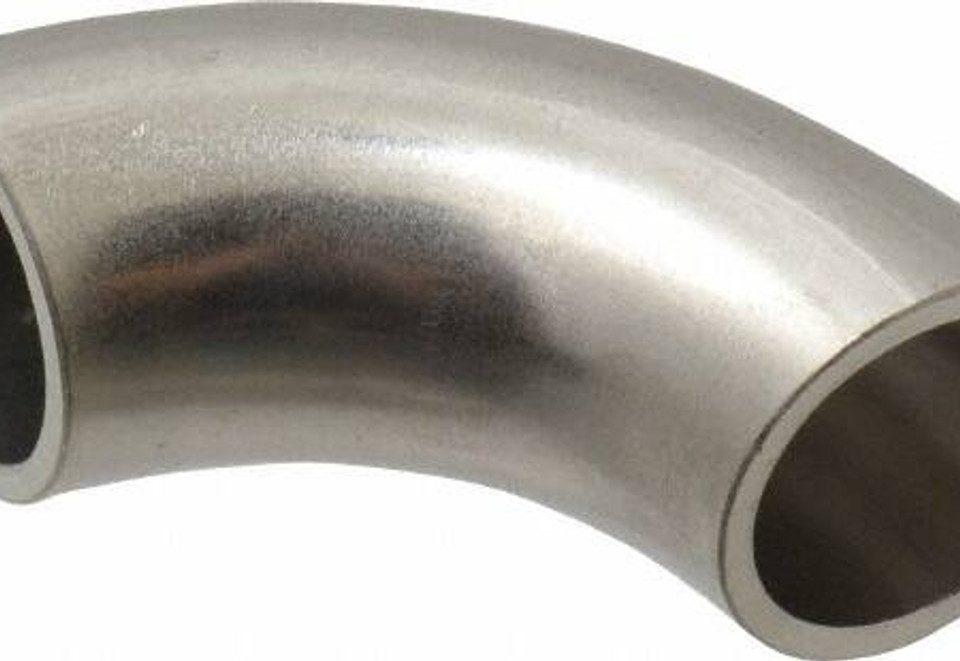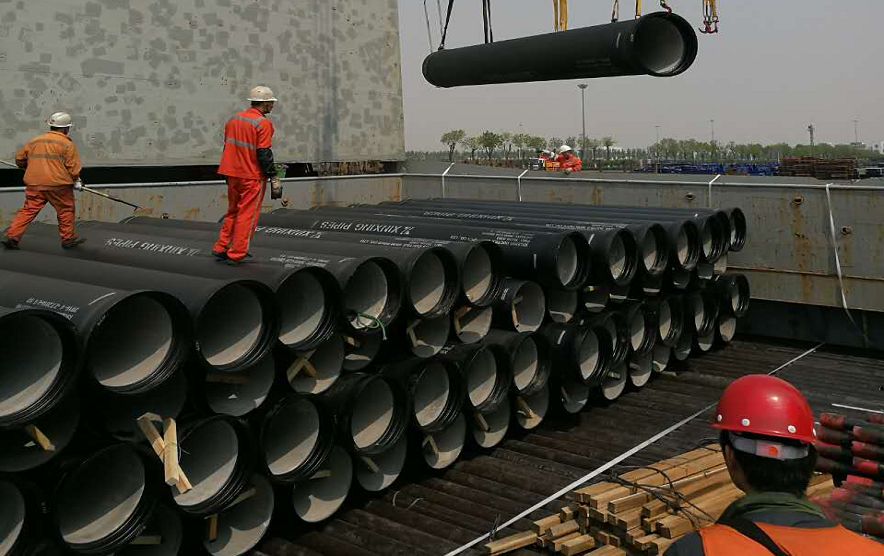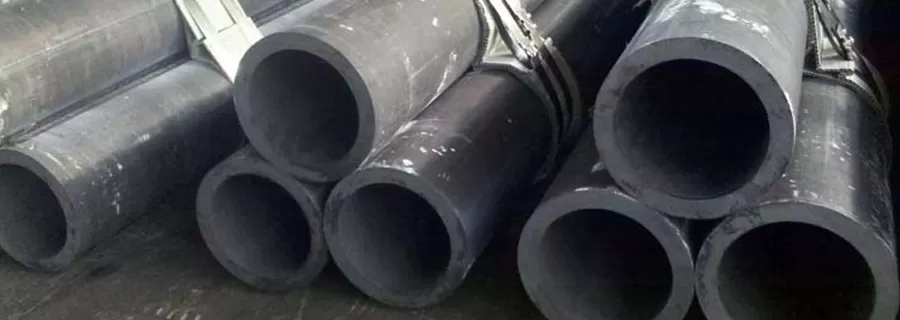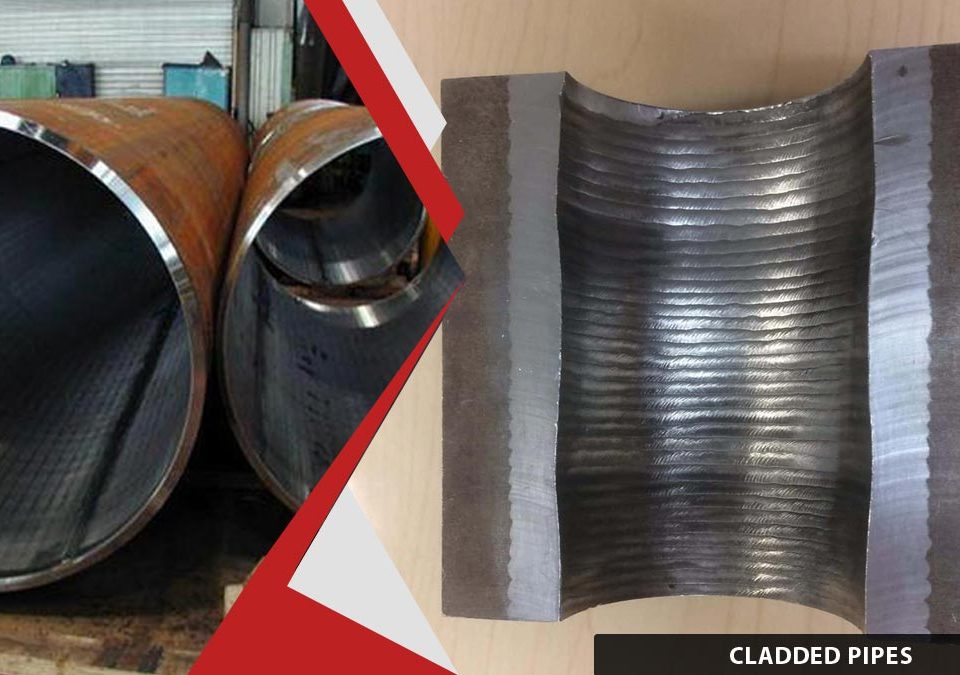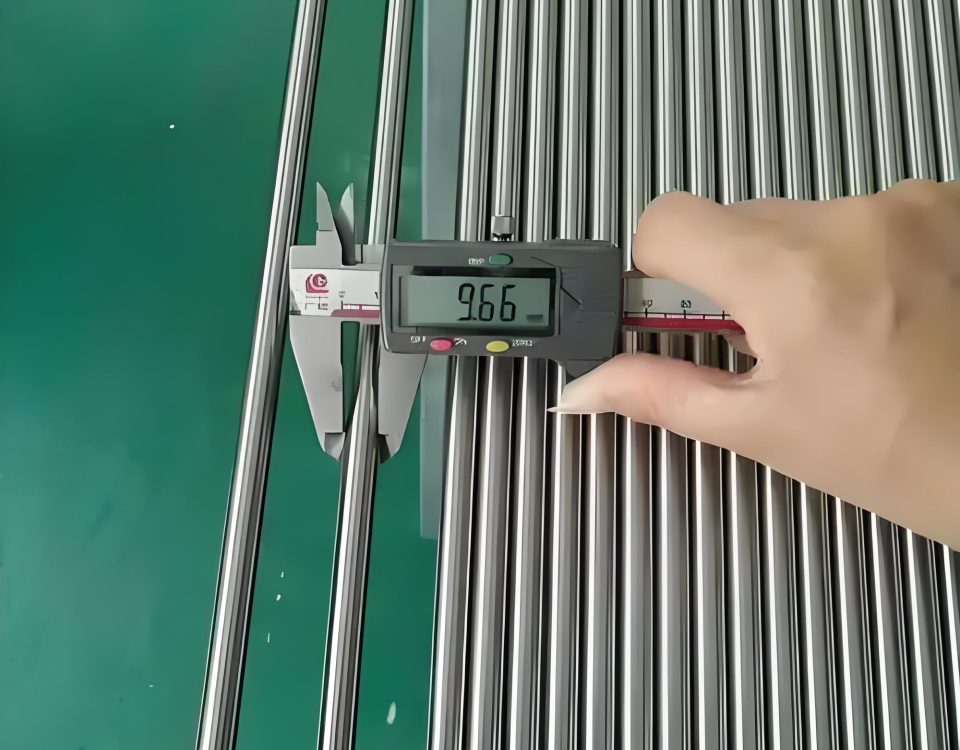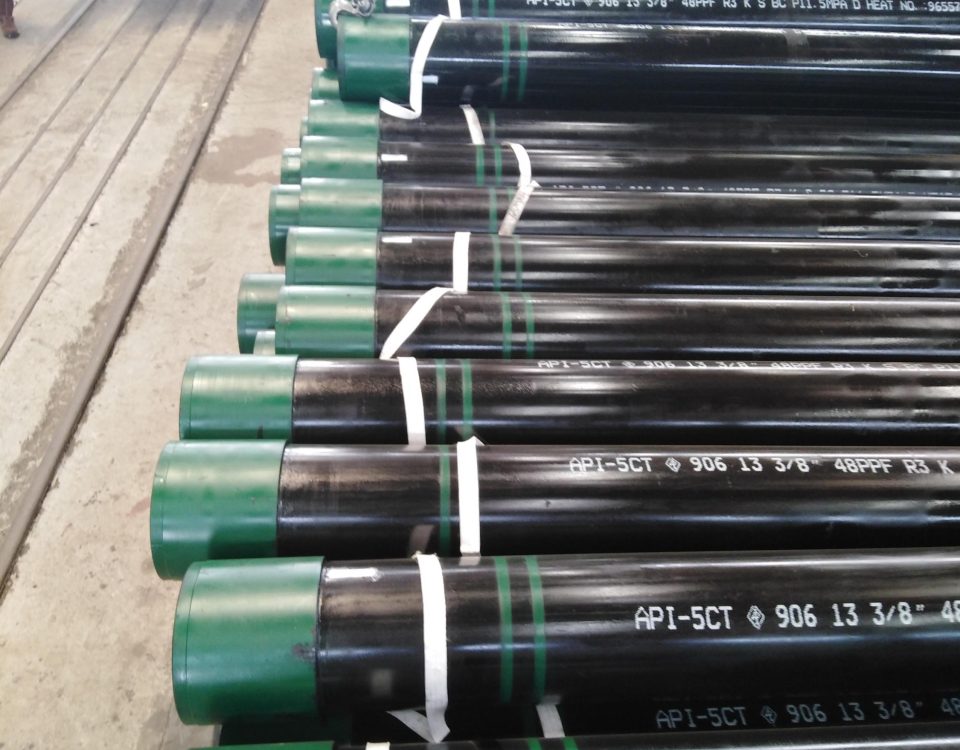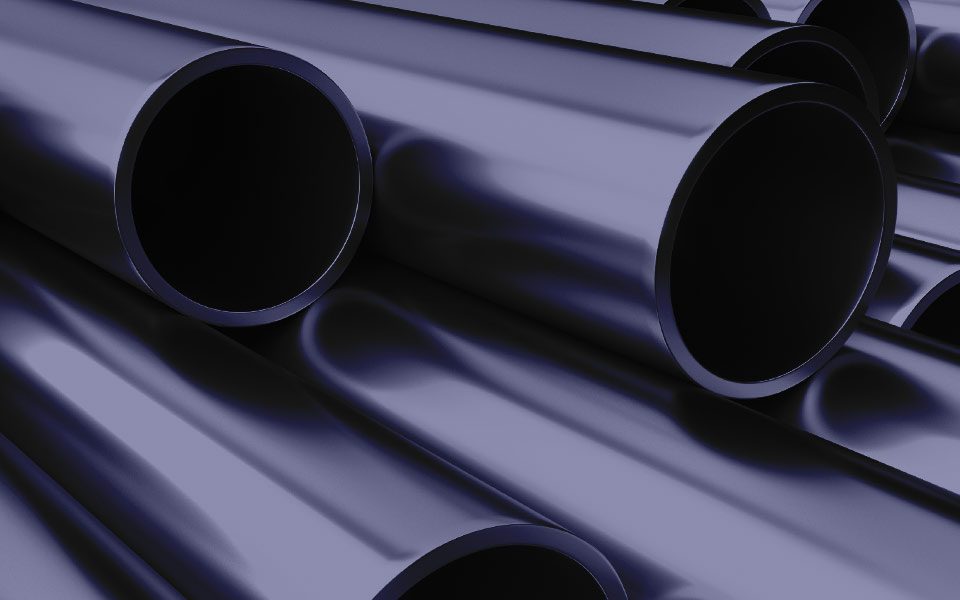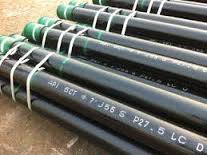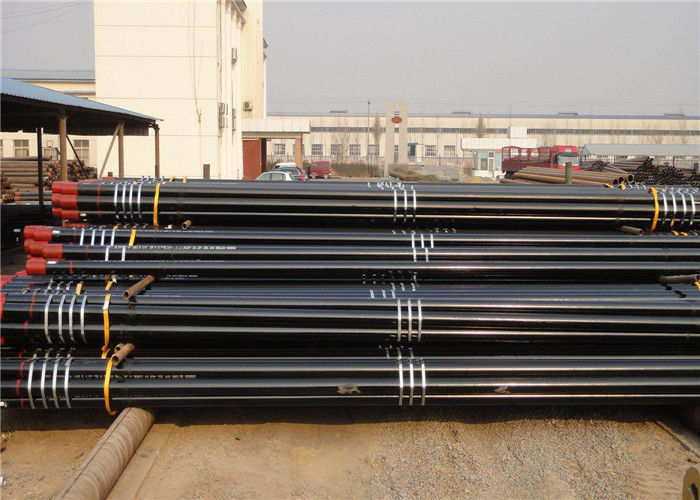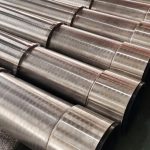
Gravel Pack Screen Pipe
February 6, 2025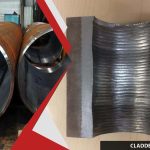
What is the Difference Between Cladding and Overlay ?
February 23, 2025What is super stainless steel? Nickel-based alloy?
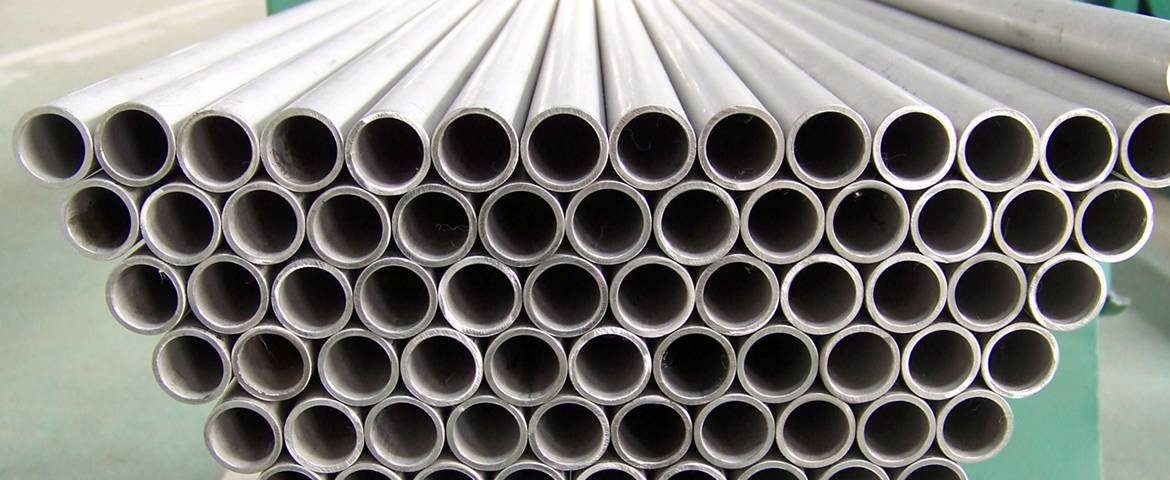
S31803 is the Unified Numbering System (UNS) designation for the original duplex stainless steel. The UNS system was created by a number of trade groups working together in the 1970’s, to reduce confusion from the same alloy being called different things or vice-versa. Each metal is indicated by a letter followed by five numbers, where the letter indicates the family of metals i.e. S for stainless steels.
First look at super stainless steel. It is mentioned that super stainless steel is a type of nickel-based alloy and belongs to special stainless steel. It contains high nickel, high chromium, and high molybdenum, and has excellent high temperature and corrosion resistance. It is further explained that super stainless steel is divided into super ferrite, austenite, martensite and duplex stainless steel according to its microstructure. For example, super austenite enhances its performance by increasing the purity of the alloy and reducing the carbon content. It is pointed out that super stainless steel such as 254SMo contains 6% molybdenum, which has good local corrosion resistance and can replace nickel-based alloys and titanium alloys. And also mentioned the classification of super stainless steel and its high corrosion resistance, which fills the shortcomings of traditional stainless steel.
Next is the nickel-based alloy. It is pointed out that nickel-based alloys are mainly composed of nickel and are added with chromium, molybdenum and other elements, and have high temperature resistance, corrosion resistance, and high strength resistance. They are often called super stainless steel. It is mentioned that nickel-based alloys remain stable at high temperatures and are better than ordinary stainless steel. It shows that nickel-based metals are used in superalloys and are used in high-temperature environments such as aerospace, energy and other fields. and It is mentioned that nickel-based alloys are used in high-end fields such as gas turbines and nuclear reactors, and the cost is relatively high.
In terms of the relationship between the two, etc., it is pointed out that nickel-based alloys are often classified as a type of super stainless steel, but It is mentioned that iron-nickel-based and nickel-based corrosion-resistant alloys and super stainless steel belong to different systems, but together form a corrosion-resistant metal material system. It is important to distinguish that super stainless steel may include nickel-based alloys, but nickel-based alloys may have a wider range, not limited to the stainless steel category.
In terms of application fields, super stainless steel and nickel-based alloys are used in chemical industry, oceans, energy, aerospace, etc., and list specific applications such as ships, oil, and nuclear industries. and The key role of nickel-based alloys in aerospace engines and nuclear reactors is mentioned.
It should be noted that some of the evidence may be contradictory, such as saying that nickel-based alloys are special stainless steels, and the two are discussed separately. It is necessary to make a comprehensive judgment that super stainless steel may be a broader category including nickel-based alloys, or the two may partially overlap.
Summary: Super stainless steel is a high alloy stainless steel, containing high nickel, chromium, and molybdenum, and is divided into different types, with excellent corrosion resistance and high temperature performance. Nickel-based alloys are mainly nickel, and also have high corrosion resistance and high temperature resistance. They are widely used and are often regarded as a type of super stainless steel, but they emphasize the dominance of nickel. The two overlap in composition and performance, but nickel-based alloys may be more favorable to applications in high temperature environments.
Super stainless steel and nickel-based alloys are two types of high-performance materials. They have outstanding performance in corrosion resistance and high temperature resistance, and have a wide range of applications. The following is a detailed analysis:
1. Super stainless steel
Definition and ingredients
Super stainless steel is a highly alloyed special stainless steel with chemical composition characterized by high nickel (Ni), high chromium (Cr), and high molybdenum (Mo). For example, 254SMo contains 6% molybdenum. Compared with ordinary stainless steel (such as 304), it has a lower carbon (C) content and adds stabilizing elements (such as nitrogen) to improve performance.
Classification and Characteristics
According to microstructure, super stainless steel is divided into four categories:
- Super austenitic stainless steel : By increasing purity and reducing C content, it avoids intergranular corrosion caused by precipitation of Cr23C6, it has excellent local corrosion resistance and can replace titanium alloys.
- Super ferrite stainless steel : Reduce C and N content through refining technology, improve ductility and welding performance, and has significant resistance to chloride corrosion.
- Super duplex stainless steel : has both austenite and ferrite characteristics, low C, high Mo and N, excellent corrosion resistance, and is suitable for marine engineering.
- Super Martensite stainless steel : high strength and wear resistance, but less application.
Application areas
Super stainless steel is widely used in harsh environments, such as seawater desalination equipment (pit resistance), chemical reactors (acid and alkali corrosion resistant), nuclear reactor structural materials, etc.
2. Nickel-based alloy
Definition and ingredients
The nickel-based alloy uses nickel (Ni) as the matrix (usually the content is ≥30%, and the part exceeds 50%), and elements such as chromium (Cr), molybdenum (Mo), iron (Fe), copper (Cu) are added. Its characteristics are that it still maintains high strength, oxidation and corrosion resistance at high temperatures, and is called “superalloy” or “superalloy”.
Classification and Characteristics
According to the strengthening mechanism and performance, it is mainly divided into:
- Solid solution strengthening type: For example, Inconel 625, the strength is increased by solid solution 。
- Precipitation-strengthening type: such as Inconel X-750, high-temperature performance is enhanced by precipitation phase 。
- Oxide diffusion reinforcement type: suitable for extreme high temperature environments 。
Core advantages
- High temperature resistance : It can work stably in an environment above 540℃, and some alloys (such as N06600) still maintain performance even at 1000℃.
- Corrosion resistance : It has excellent resistance to acid, alkali, seawater and other media, such as Monel alloy (Ni-Cu) to dilute sulfuric acid resistance.
- Mechanical properties: creep resistance, fatigue resistance, suitable for high stress environments 。
Application areas
Nickel-based alloys are key materials in the fields of aerospace (such as jet engine turbine blades), energy (nuclear reactor components), petrochemicals (high temperature pipelines), etc. For example, Invar 36 alloy is used in precision instruments due to its low coefficient of thermal expansion.
3. The connection and difference between the two
- connect :
- Nickel-based alloys are often classified as a type of super stainless steel because their high nickel, chromium and molybdenum components overlap with super stainless steel.
- Both are used in high-temperature, corrosive environments such as chemical equipment and marine engineering.
- the difference :
- Component : Nickel-based alloys are dominated by nickel (≥30%), while super stainless steels may be based on iron.
- Performance focus: Nickel-based alloys emphasize high temperature stability (such as gas turbine components), while super stainless steel focuses on local corrosion resistance (such as seawater environment) 。
- System Classification : Super stainless steel belongs to the Fe-Cr-Ni system, and in addition to Ni-Cu and Ni-Mo, it also belongs to the extension of the Fe-Cr-Ni system.
4. Summary
- Super stainless steel is a highly alloyed special stainless steel. It improves corrosion resistance by optimizing composition and tissue, and is suitable for marine, chemical and other fields.
- Nickel-based alloys are based on nickel and are specially designed for extreme high temperature and corrosion environments. They are the core material of the aerospace and energy industries.
- Although the two overlap partially, nickel-based alloys are more prominent in high-temperature performance and have higher cost (30-200 times that of stainless steel) 。
With the development of industry, the application of these two types of materials in the fields of environmental protection, new energy, etc. will be further expanded.

